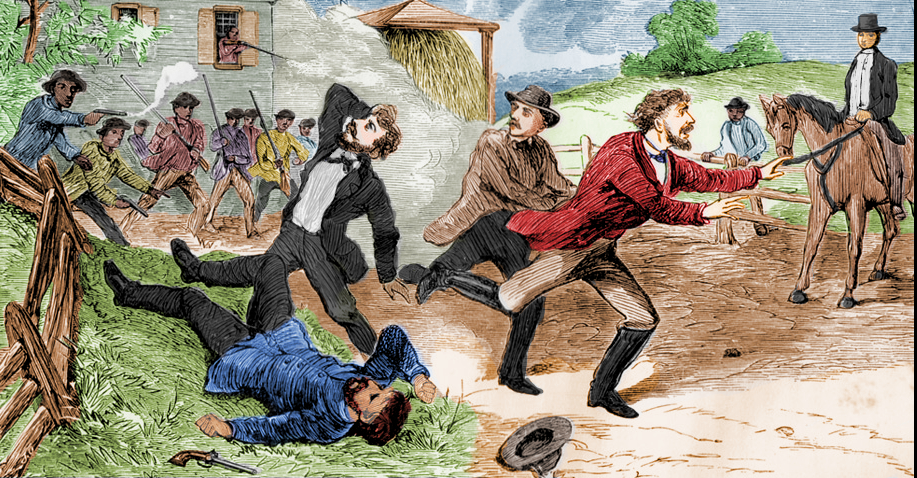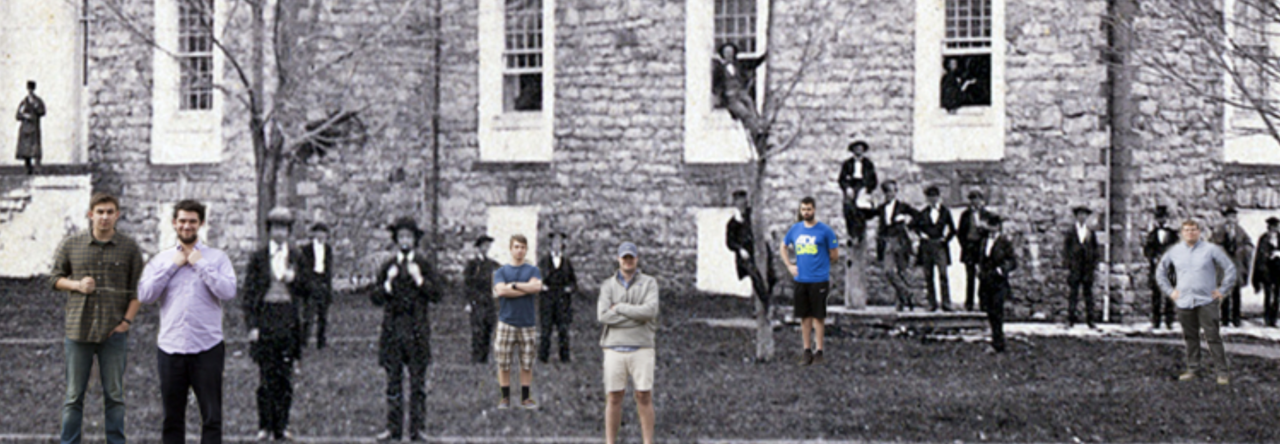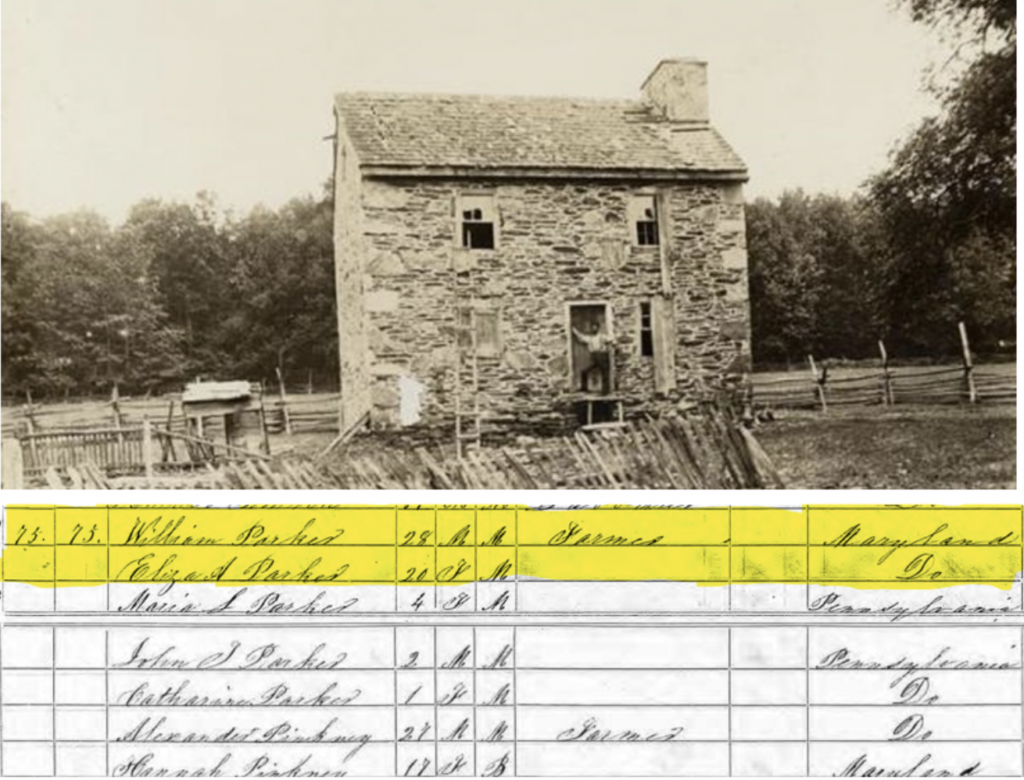Was the Fugitive Slave Law a failure?
Thesis Framework
“At its core, this resistance was about the free-soil principle and the evolving politics of sectionalism. Underground Railroad agents captivated public attention (both then and now), but it was the deliberate, persistent work of northern antislavery lawyers and politicians that ultimately exposed the crippling paradox embedded in the heart of the fugitive crisis, and which southern fire-eaters never conceded–that American federalism included a presumption of personal liberty to free black residents on free soil. This was the sectional concession that had made state personal liberty statues and individual habeas corpus petitions seem legitimate to most northerners, despite their own obvious color prejudice. Yet this crucial factor has long been obscured by the draconian shadow of the Fugitive Slave Law’s harsh reputation. It has become almost too easy to forget how much free soil really mattered even after the federal code had changed so drastically in 1850.” –Pinsker, “After 1850”
After 1850: Reassessing the Impact of the 1850 Fugitive Slave Law
- Introduction
- Origins of the Fugitive Slave Law
- Operations of the Fugitive Slave Law
- Conclusion
Image Gateway
Three Rs of fugitive code:
- Recaption
- Rendition
- Resistance
1851: Christiana Riot

Christiana (1851), orig. by John Osler, colorized by Gabe Pinsker (House Divided Project)

Eliza Parker’s original horn, Christiana, PA (courtesy of Christiana Historical Society; photo by Aiden Pinsker)
For more details on the Christiana episode, see NPS UGRR Handbook
1850 Fugitive Slave Act Database
This GIS map and original dataset created by Cooper Wingert visualizes arrests under the federal 1850 Fugitive Slave Act. The dataset originally appeared in Cooper Wingert, “Fugitive Slave Renditions and the Proslavery Crisis of Confidence in Federalism, 1850-1860,” Journal of American History 110, no. 1 (June 2023): 40-57.


